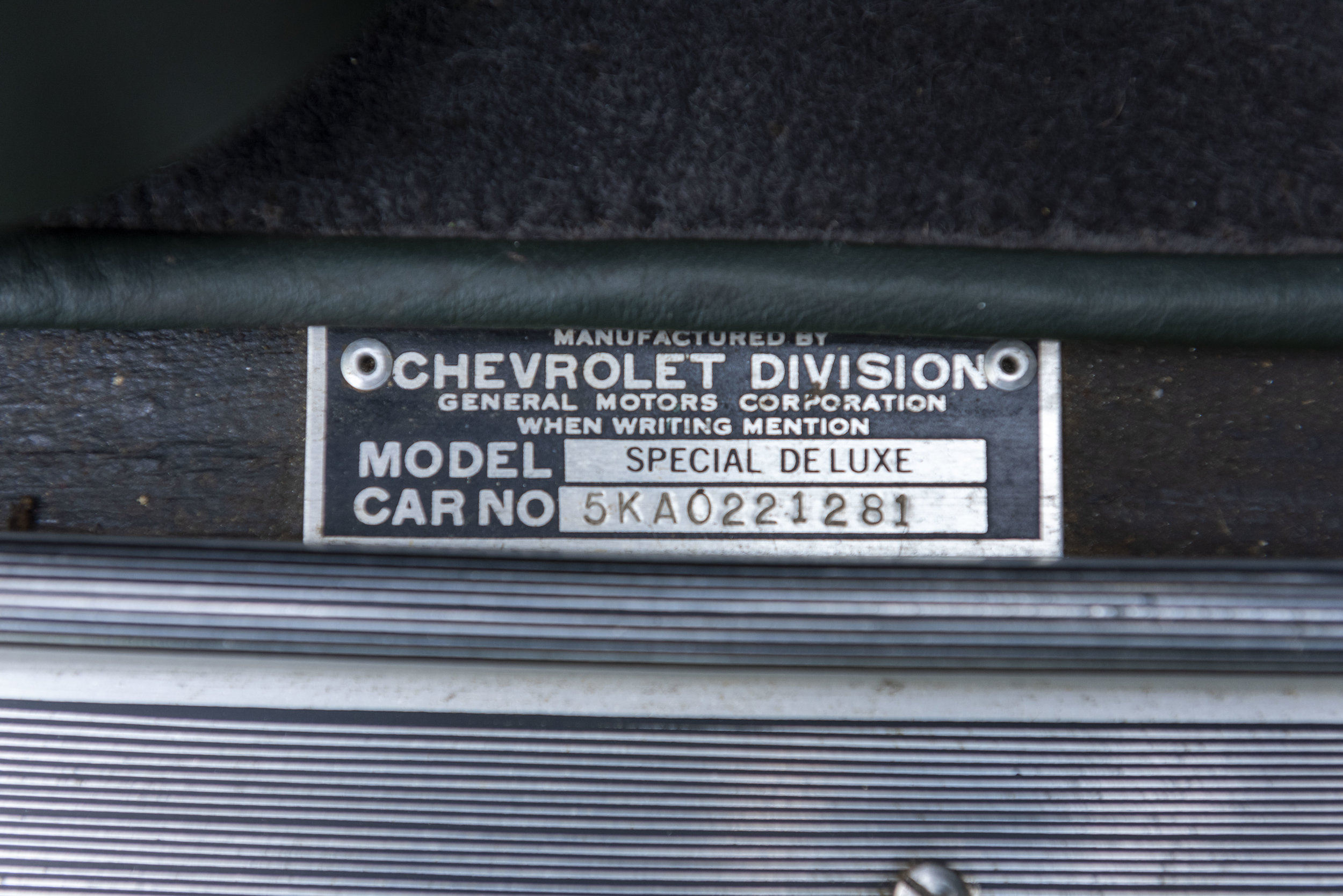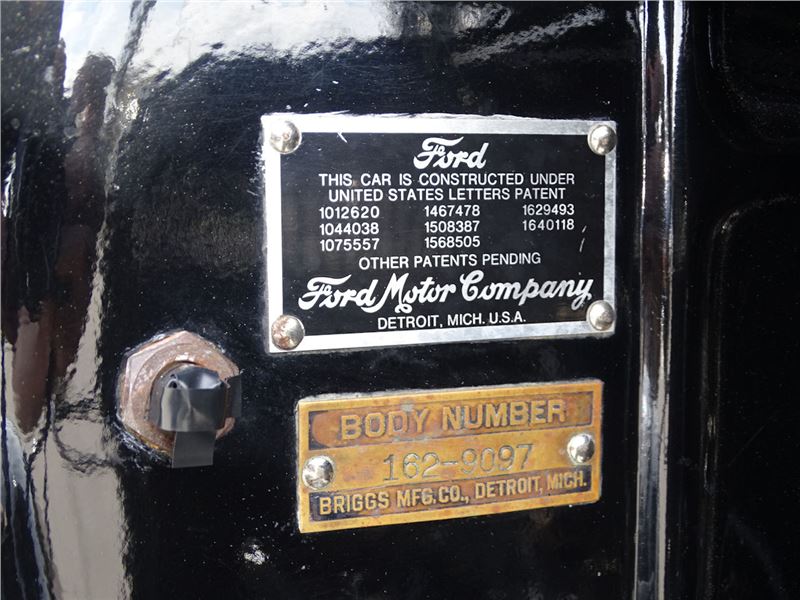How to find the VIN on my vehicle
It is important to know the VIN or Chassis number of your specialty vehicle, but it can be hard to find.
A VIN (Vehicle Identification Number) is a unique code assigned to every motor vehicle when it's manufactured. It can typically be found in one of the following places:
- Driver's side front windshield frame
- Driver's side door jamb
- Under the hood
- Front end of the chassis
- Vehicle registration
- Title documents
The exact location of the VIN varies depending on the age and make of the vehicle. In most cases, the easiest place to find your VIN will be on your vehicle's title. This will also be helpful as you navigate the DMV, so that you know how your state categorizes and identifies your vehicle.
Vehicles made in 1981 or later
It is easiest to find VINs on vehicles in the United States that were manufactured in 1981 or older, this is because the VIN system was standardized in the United States in 1981.
For cars of this age, VIN consists of 17 characters (digits and capital letters) that act as a fingerprint for the vehicle. The VIN provides important information about the car, including:
- Manufacturer: The first three characters identify the car's manufacturer.
- Vehicle description: Characters 4 to 9 provide details like model, body style, engine type, and safety features.
- Vehicle identifier: The last eight characters (10 to 17) provide information such as the car's production year, assembly plant, and serial number.
It can be found on the driver's side at the top of the dash (visible through the window)

- A secondary VIN on these vehicles is sometimes located on a decal in the driver's door jam.

Vehicles made in 1980-1954
Pre-1981 cars are a bit more challenging as VINs are not all in the same spot and have different numbers of digits. This depends on the manufacturer. If your vehicle was built from 1954 to 1980, the VIN may be in several different spots.
Some plates list a serial number, model number, and chassis number. Pre-1981, the chassis number is generally the number recorded in most States as the VIN.
As mentioned earlier, please refer to the information on your Title for the most reliable source of VIN and/or other identification number.
- These numbers usually range from 10-13 digits.
- For some manufacturers, such as Dodge, you can fin the VIN on the dash on the front driver's side, as shown above in newer cars. Always check here first.
- Other common locations include:
- The driver-side door
- The driver-side door jam (front and back)
- The firewall inside the engine compartment
Examples:
| 1950s Pontiac |  |
| 1960's Pontiac GTO |  |
| 1950s Chevrolet Corvette | |
| 1960s Ford |  |
| 1950s Dodge Truck | |
| 1960-1970s Dodge Truck |  |
| 1970s Volvo |  |
| 1960s Lincoln |  |
| 1970s BMW | |
| 1980s-1990s BMW | |
| 1960s Mercedes-Benz |  |
| 1960s-1970s Mercedes-Benz |  |
Vehicles made prior to 1954
Prior to 1954, VINs didn't exist, but Serial numbers and Chassis numbers were still placed on some vehicles – usually on the firewall inside the engine compartment.
In most cases, the Chassis number from this time period will serve as your VIN. Some cars from this era have a state-issued VIN that can differ in appearance based on state. Many custom cars will have state-issued VINs as well.
Examples:
| Porsche |  |
| 1940s Chevrolet |  |
| 1953 Jaguar XK120 |  |
| 1952 Aston Martin DB2 |  |
| 1930s-1940s Dodge Truck | |
| State-issued VIN |
|
Examples of plates that don't provide a VIN:
Certain plates on cars of this age have interesting information but do not have the VIN/chassis number.







